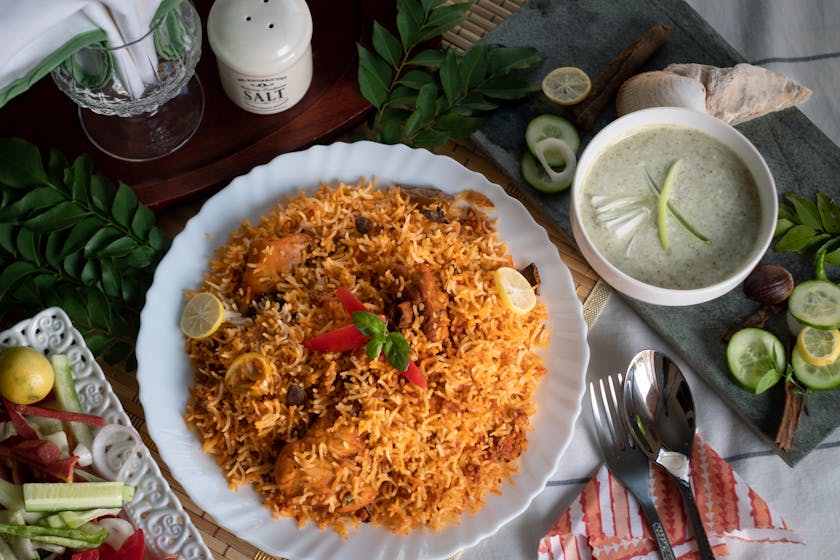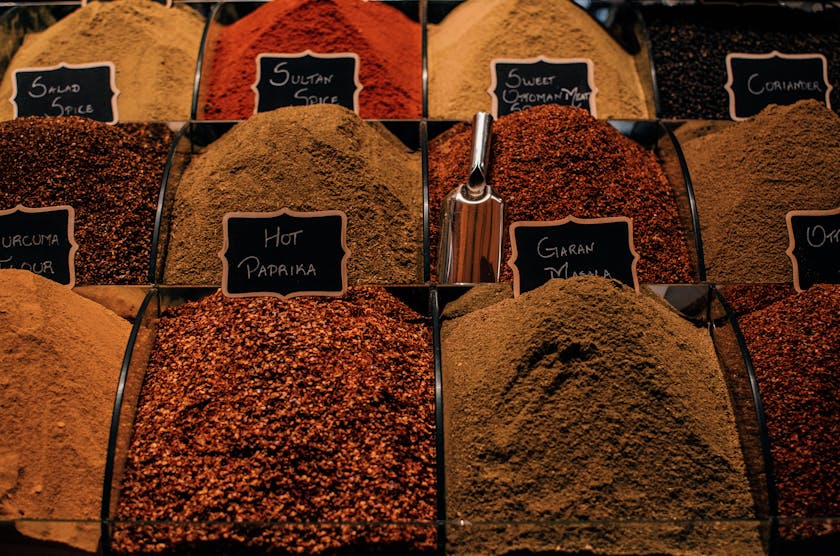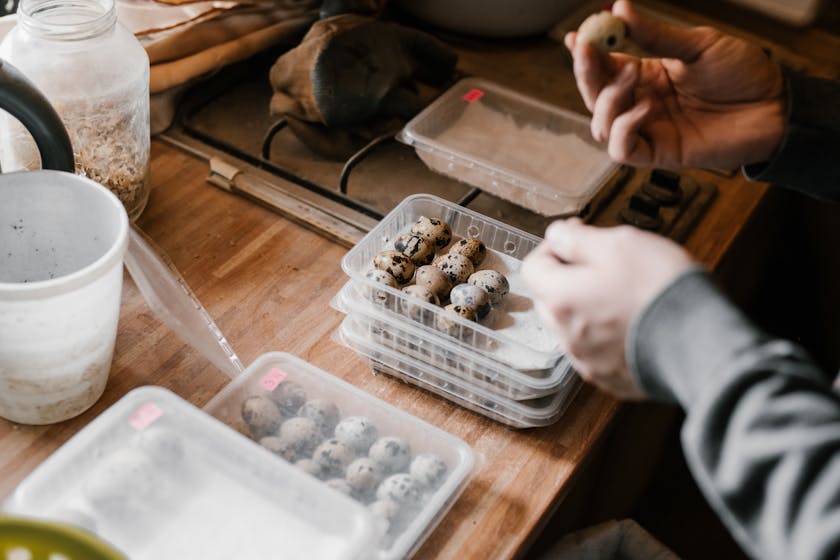When it comes to freezer meal storage best practices, there are several key steps to ensure that your once-a-month cooking efforts retain their flavor and nutritional value. Freezer meals can save you time and money, but they require proper handling to prevent freezer burn and spoilage.
Understanding the Basics of Freezer Meal Storage
Before diving into the specifics, it’s important to understand the basics of freezer meal storage. Freezing food slows down decomposition by turning residual moisture into ice, inhibiting the growth of most bacterial species. However, to maximize the benefits of freezing, you must follow certain guidelines.
First and foremost, ensure that your freezer is set to the optimal temperature of 0°F (-18°C) or below. This temperature range is critical for preventing the growth of bacteria and maintaining the quality of your meals.
Choosing the Right Containers for Freezing
Selecting appropriate containers is vital for freezer meal storage best practices. Use airtight containers or freezer bags to protect your meals from air exposure. Containers should be moisture-resistant and designed for freezing to prevent freezer burn. Consider using containers that are BPA-free and safe for long-term food storage.
Labeling and Dating Your Freezer Meals
Always label your containers with the name of the dish and the date it was frozen. This practice not only helps you keep track of what you have but also ensures that you use older meals first, adhering to the “first in, first out” principle.
Proper Filling and Sealing Techniques
When filling containers, leave adequate headspace to allow for the expansion of liquids as they freeze. Overfilling can lead to broken seals and containers, which exposes your food to air. Make sure to seal containers tightly to prevent moisture loss and contamination.
For freezer bags, remove as much air as possible before sealing to minimize the risk of freezer burn. You can use a straw to suck out excess air or gently press down on the bag while sealing.
Techniques for Freezing Various Types of Meals
Different types of meals may require specific freezing techniques. For instance, soups and stews should be cooled completely before freezing to prevent ice crystals from forming. For baked goods, wrap them individually in cling film or aluminum foil before placing them in airtight containers.
Thawing and Reheating Frozen Meals
When you’re ready to enjoy your once-a-month cooking creations, it’s crucial to thaw and reheat them correctly. The safest way to thaw frozen meals is in the refrigerator. Alternatively, you can use the microwave’s defrost setting or submerge the meal in cold water, changing the water every 30 minutes.
Reheat meals to an internal temperature of 165°F (74°C) to ensure they are safe to eat. Stirring during reheating can help evenly distribute heat and prevent cold spots where bacteria can thrive.
Freezer Organization for Optimal Accessibility
Organize your freezer in a way that makes it easy to find and rotate meals. Group similar items together and keep an inventory list on the freezer door. This will help you avoid unnecessary waste and make meal planning more efficient.
In summary, the key to successful freezer meal storage best practices is proper container selection, labeling and dating, correct filling and sealing, and understanding the freezing and thawing processes. By following these guidelines, you can enjoy high-quality, home-cooked meals any day of the month with minimal effort.




